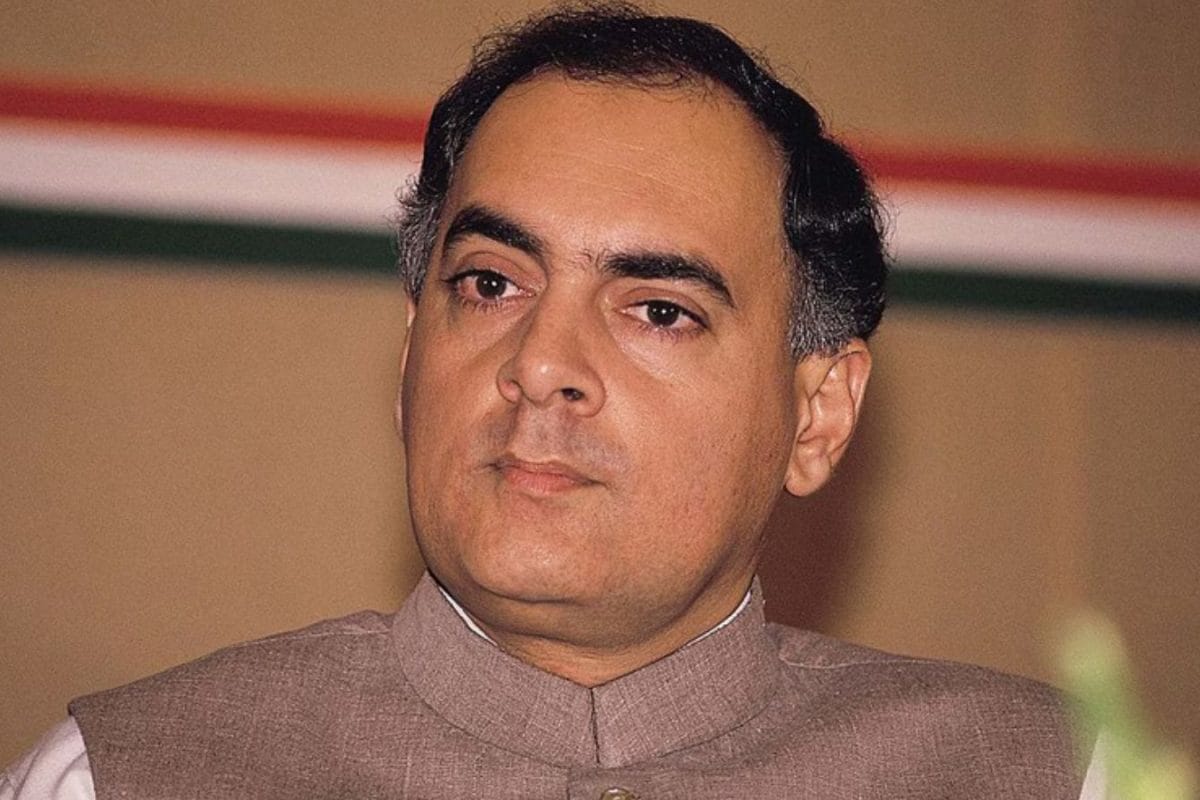

The assassination of former Indian Prime Minister Rajiv Gandhi on May 21, 1991, was a meticulously planned act of terror, carried out by a suicide bomber named Thenmozhi Rajaratnam, also known as Dhanu, a member of the Liberation Tigers of Tamil Eelam (LTTE). The story of how this devastating event unfolded is a tale of political animosity, intricate planning, and ultimately, how a seemingly innocuous piece of denim played a crucial role in the plot.
The motive behind Rajiv Gandhi's assassination stemmed from the LTTE's deep-seated animosity towards him, largely due to his decision to send the Indian Peace Keeping Force (IPKF) to Sri Lanka in 1987. This intervention in the Sri Lankan Civil War angered LTTE leader Prabhakaran, who saw it as a betrayal of the Tamil cause. The decision to eliminate Gandhi was further fueled by his statement in an interview where he said he would send the IPKF to disarm the LTTE if he returned to power.
In late 1990, Prabhakaran summoned his trusted lieutenants to finalize the assassination plot. Realizing that targeting Rajiv Gandhi as Prime Minister would be difficult, they decided to strike while his security status was that of an opposition leader during election campaigning. The LTTE aimed to prevent him from regaining power.
The assassination plan involved a suicide bombing, a tactic the LTTE had been refining. A female operative was chosen to avoid suspicion and frisking. Dhanu was selected for this role, and the plotters began devising a way to conceal the explosives.
Here is where the piece of denim comes in. The conspirators needed a way to carry the roughly one-kilo bomb. Murugan, an LTTE operative, found a local tailor to create a vest out of blue denim. The heavy fabric was ideal for supporting the weight of the explosives. Arivu, another member of the team, carefully attached the bomb to the denim vest. The vest was designed to be easily concealed beneath Dhanu's clothing. During planning at Nalini's house, Shubha helped Dhanu try on the denim jacket with the bombs, ensuring it was undetectable under her Salwar Kameez.
Several dry runs were conducted to ensure the success of the mission. One took place on April 21 at a political rally on Marina Beach in Madras, where Rajiv Gandhi was scheduled to speak. Dhanu got closer to the dais than Shivarasan, the mastermind. Another dry run occurred at a rally for former Indian Prime Minister V.P. Singh in Thiruvallur, where Dhanu managed to touch Singh's feet, mimicking how she would approach Rajiv Gandhi. These rehearsals allowed the team to fine-tune their strategy and identify potential weaknesses.
On the evening of May 21, 1991, Rajiv Gandhi arrived in Sriperumbudur, Tamil Nadu, to address a rally. As he made his way through the crowd, he was greeted by well-wishers and Congress workers. Dhanu, wearing the denim vest laden with explosives beneath her orange salwar kameez, approached him. She bowed down to touch his feet and detonated the bomb at 10:10 PM. The explosion killed Rajiv Gandhi, Dhanu, and 14 others, leaving dozens injured. The assassination was captured on film by a photographer, Haribabu, who also died in the blast.
In the aftermath of the assassination, a Special Investigation Team (SIT) was formed to investigate the crime. Led by IPS officer D.R. Karthikeyan, the SIT meticulously pieced together the evidence, tracing the conspiracy back to the LTTE. The investigation revealed the involvement of multiple individuals and the intricate network of support that enabled the assassination. The SIT faced numerous challenges, including political interference and the need to coordinate with various agencies. Despite these obstacles, the SIT filed a chargesheet within a year of the first arrest.
The legal proceedings that followed resulted in the conviction of several individuals involved in the assassination. In 1998, a special court sentenced 26 people to death. However, the Supreme Court later upheld the death sentences for only four convicts: Nalini Sriharan, her husband V. Sriharan alias Murugan, A.G. Perarivalan, and T. Suthendraraja alias Santhan. The sentences of the remaining convicts were commuted to life imprisonment or lesser terms.
The assassination of Rajiv Gandhi had far-reaching consequences for India and Sri Lanka. It led to a crackdown on the LTTE and its activities in India. It also cast a shadow over Indo-Sri Lankan relations for many years. The assassination remains a stark reminder of the human cost of political violence and the importance of vigilance in safeguarding democracy.